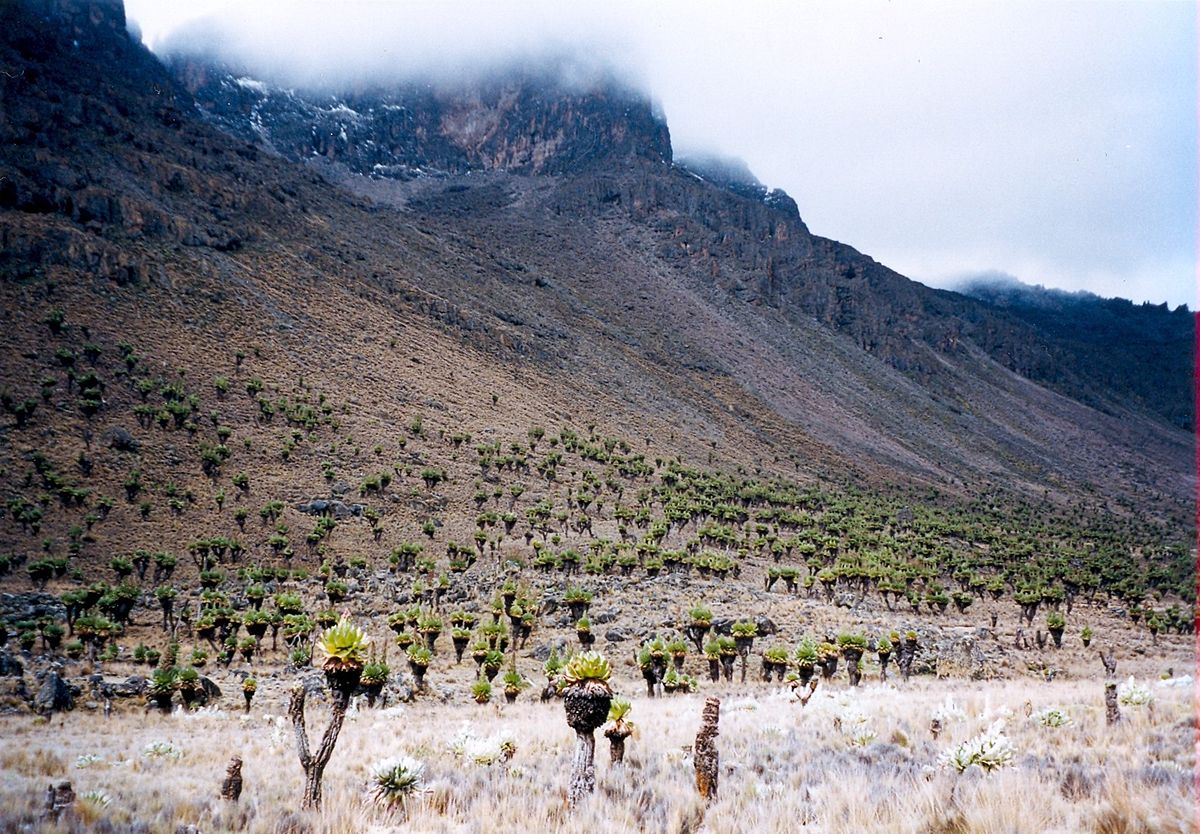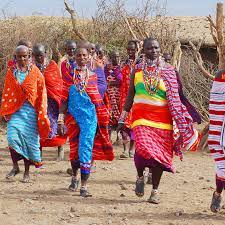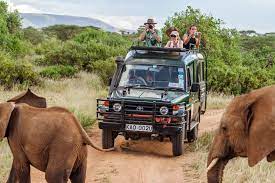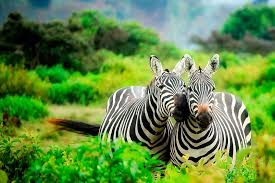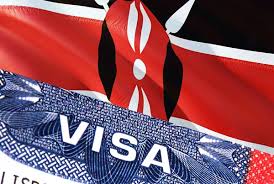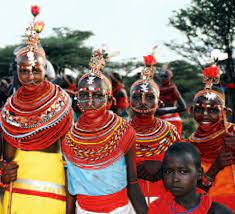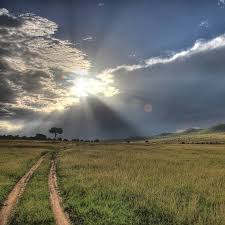Overview
Mount Kenya stands a magnificent 5199m (17,057 feet) above sea level, dominating the view for miles around. It is the second highest mountain in Africa, next to Mount Kilimanjaro, and was formed hundreds of years ago by a series of volcanic eruptions. Gradually, the cratered rim has eroded, forming several peaks. The park was created to encourage tourism, to preserve the area’s natural, outstanding beauty, and to conserve the animal habitat and protect it as a water catchment area. Mount Kenya National Park is located between Kenya’s other safari parks – Aberdare, Samburu and Meru National Park. Of Mount Kenya’s three main peaks, only Point Lenana can be climbed by amateurs on a mountain climbing safari. The other two peaks require full mountaineering skills and technical equipment. The mountain supports rainforest, with thick clumps of bamboo growing above the forest. Higher up the slopes, it becomes moorland with heather and lobelia. A tarmac road runs a round the base of Mount Kenya and there are several towns situated along the road, including Naro Moru, Nanyuki and Meru.
African animals, including elephants, buffalo, Colobus and other monkeys, Cape buffalo, antelope and giant forest hogs, inhabit the lower forests. They are contained within the national park by electrified fences. The birdlife is also very prolific, including huge eagles and colorful sunbirds. A spotter’s guide may be useful for identifying the animals and birds.
Climate and weather
The climate varies with the altitude and temperatures at Mount Kenya National Park are cooler than throughout most of the country. The climate is subtropical or temperate. There is still a rainy season from March to May and from October to December when it is drizzly and cloudy. Rainfall is moderate on the lower slopes and heavier higher up. The sunniest months are from December through March.
Best Time to Visit
December to March are the sunniest months and perhaps the best time to visit. There are some cloudy periods and rain from March to May, and drizzle from October to early December which may restrict clear views. Mount Kenya National Park is open all year round.
Getting There
By road: Mount Kenya National Park is 175km from Nairobi, accessible through Nanyuki-Isiolo road. There is also another entrance 150km north of Nairobi through Embu-Meru road.
By Air: The closest airstrip is at Nanyuki
Activities
Take a game safari through the pristine wilderness and see the magnificent lakes, glaciers and peaks. View the African animals, endangered species and unique mountain vegetation. Mountain climbing – climb Point Lenana, if you are reasonably fit, and enjoy the views. Birdwatching is very rewarding as there are many prolific species including the multi-colored sunbirds and huge eagles
Uniqueness
The mountain supports rainforest, with thick clumps of bamboo growing above the forest. Higher up the slopes, it becomes moorland with heather and lobelia. A tarmac road runs around the base of Mount Kenya and there are several towns situated along the road, including Naro Moru, Nanyuki and Meru

